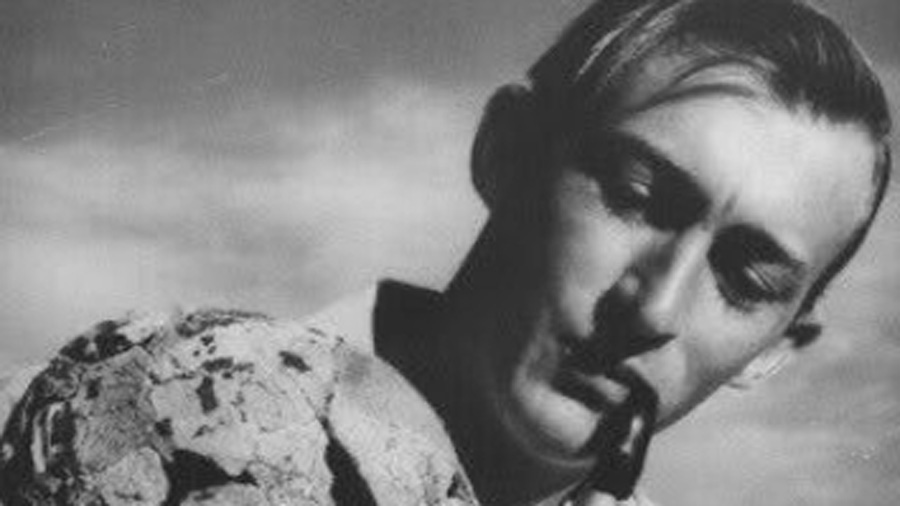Richard Leakey, the Kenyan paleoanthropologist and fossil hunter whose discoveries of ancient human skulls and skeletons helped cement Africa’s place as the cradle of humanity, died on Sunday in Kenya. He was 77.
President Uhuru Kenyatta of Kenya announced Leakey’s death in a statement, but did not specify the cause of death. Leakey died at his home outside Nairobi, said Prof. Lawrence Martin, director of Stony Brook University’s Turkana Basin Institute, which Leakey founded.
Leakey’s parents, Louis and Mary Leakey, were towering figures in paleontology, but Leakey was determined to avoid his parents’ field. He found work as a safari guide, but he eventually succumbed to fossil fever.
He might have changed his mind on a 1967 flight, when he looked down over the rocky shores of Lake Turkana in Kenya and had a feeling the area could yield a trove of fossils. The fossils that Leakey found there would change the world’s understanding of human evolution.
One of his most celebrated finds came in 1984 when he helped unearth “Turkana Boy”, a 1.6-million-year-old skeleton of a young male Homo erectus. The other was a skull called “1470”, found in 1972, that extended the world’s knowledge of the Homo erectus species several million years deeper into the past.
“He was a mentor to dozens of Africans in diverse fields and had played a key role in shaping the world’s view on Africa’s place in the human evolution story,” WildlifeDirect, the organisation he founded, said.
He wasn’t just important for exploring new ground and finding fossils, said Prof. John Hawks, a paleoanthropologist at the University of Wisconsin-Madison, but also for “creating an entire scientific, interdisciplinary infrastructure that enabled discoveries”.










